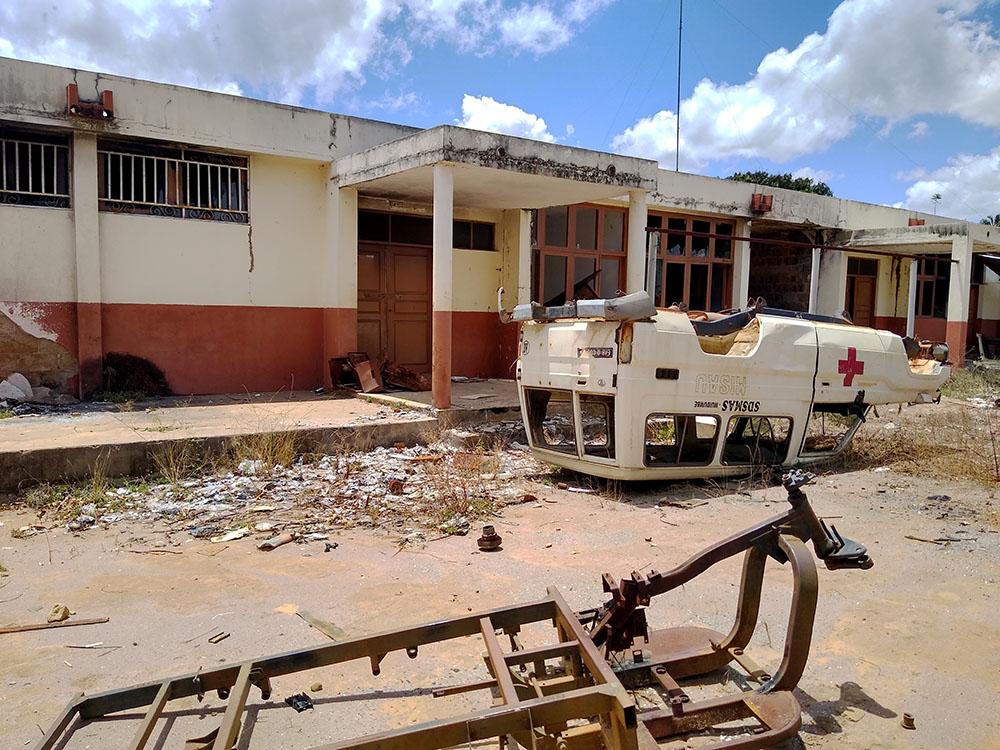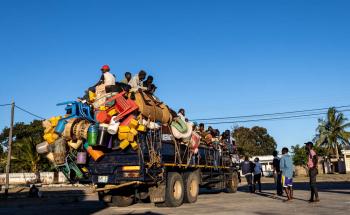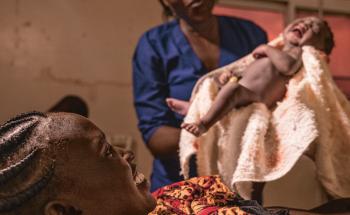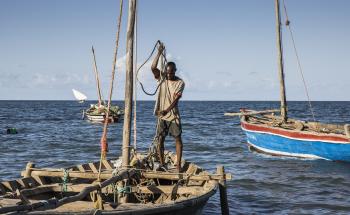Today, World AIDS Day, on 1 December, MSF denounces the neglect of people with HIV in crisis situations. The medical organization, which works with people living with HIV in about fifteen countries, points out that the inexistence or scarce access to HIV services has deadly consequences. Strategies and support to keep people on treatment when healthcare systems are affected by crises barely exist.
Healthcare systems struggle to adapt during humanitarian crises. During natural disasters or violent conflicts, healthcare buildings are damaged, the supply chain of drugs is disturbed, and medical staff are forced to flee, like the rest of the population. During disease outbreaks, such as Ebola or COVID-19, people are scared to go to the clinics, or they’re not allowed to, hindered by curfews and movement restrictions. Chronic diseases are often deprioritized, medical staff are diverted, and medical facilities are overwhelmed. The result is a disrupted healthcare system, that is not capable of helping people with chronic needs, even in areas with high HIV prevalence.
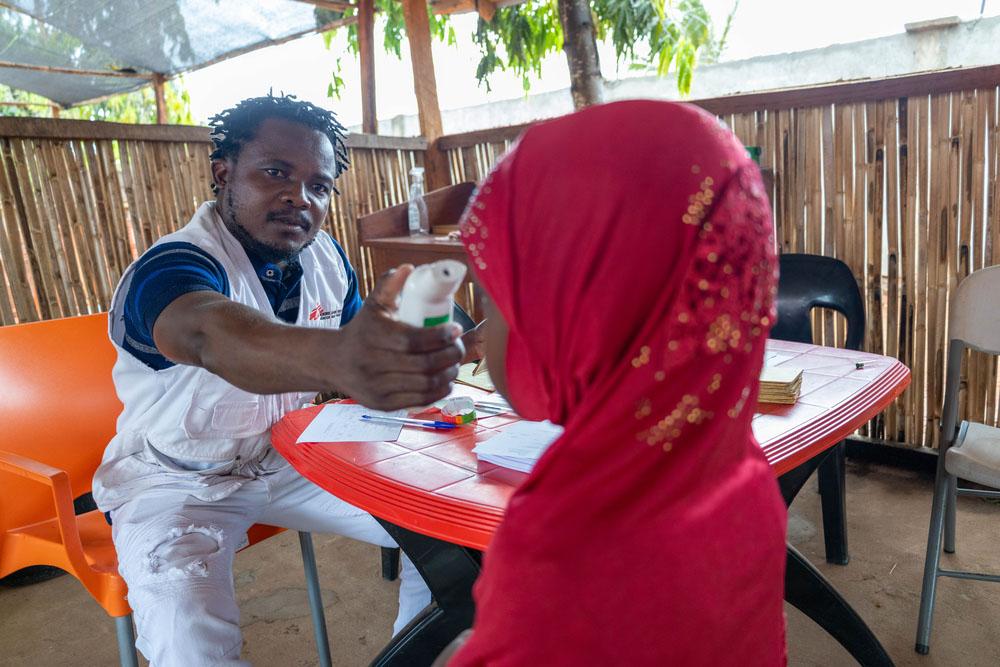
These disruptions hit very hard for people living with HIV. To stay healthy and to prevent passing on the infection to their partner or unborn child, they’re reliant on antiviral drugs, which they need to take without interruption. Most people with HIV need to take pills every day. Interrupting that schedule is dangerous: the virus will weaken their immune system and make them more vulnerable to opportunistic infections that can lead to death, and more likely to pass on the virus. On top of that, irregular treatment increases the chance that the virus becomes resistant to those drugs, making treatment in the future more complicated.
In Palma district, in Cabo Delgado in Mozambique, facing a violent armed conflict since 2017, out of 5533 people who ever started HIV treatment, only 153 are still on treatment today.
The consequences are clearly visible. In Palma district, in Cabo Delgado in Mozambique, facing a violent armed conflict since 2017, out of 5533 people who ever started HIV treatment, only 153 are still on treatment today. In Mueda Hospital, in the same province, 42% of the women who gave birth in February 2022 were HIV-positive. Only one was on treatment. Similarly, in MSF HIV programs in Upper Nile, South Sudan, up to 73% of people on HIV treatment are lost to follow-up. These figures are dramatic.
“Our teams care for people with HIV in a variety of crisis contexts: South Sudan, Central African Republic, Mozambique, Democratic Republic of Congo... We see patients in terrible conditions because of various barriers to access to care. Many of them die,” says Stephanie Dreze, MSF expert in HIV policies. “Yet there is little focus on strategies to ensure continuity of care, such as fast gapfilling or pre-positioning of medical supplies closer to or with the patients, multi-months dispensing for drugs, and other differentiated models of treatment delivery that suit specific contexts and answer the needs of the people.”
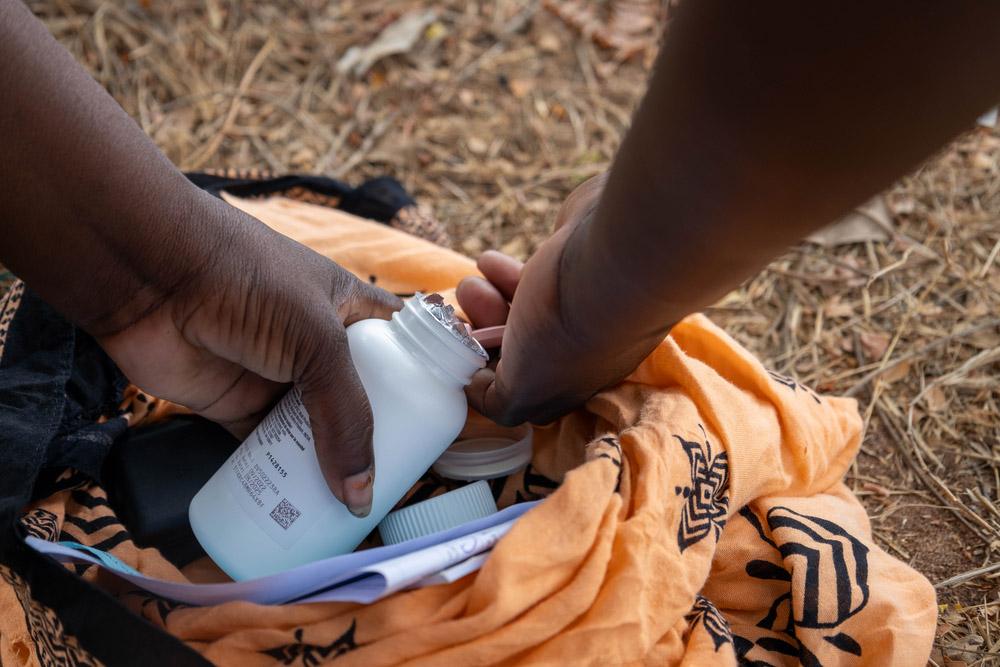
Because there’s a lack of data during humanitarian crises on access to healthcare for people living with HIV, the issue is mostly invisible in reports. As a result, it’s not reflected in either HIV policies or funding. The most recent guidelines about care for people with HIV in crisis situations date from 2010. Since then, there have been important innovations in HIV tools and models of care, but these are critically missing from HIV responses to crisis situations.
If new and effective tools are not included in international guidelines, they cannot be translated into national plans and countries can’t apply for funding for them. Key donors, such as the Global Fund and PEPFAR, need to take this into account when deciding about allocating priority funding for HIV programs in places that face, or are vulnerable to, humanitarian crises. Countries need funding and technical support to update their HIV policies and adapt them to crisis situations. Communities and people need concrete support to ensure effective and uninterrupted access to ARV and other HIV & TB care.
In Ukraine, it was shown that it is feasible to ensure uninterrupted care for people with HIV, even during violent crises. “When the war started, the Ukrainian civil society organizations, supported by international actors, succeeded to adapt care delivery in order to keep people on treatment,” says Stéphanie Dreze. “It shows that it’s possible: people should never forego HIV care, not even during the worst of crises.”
